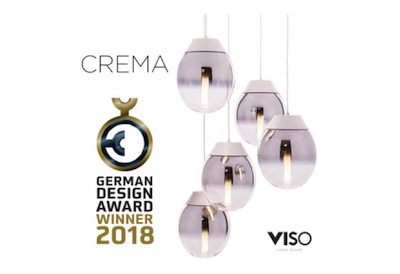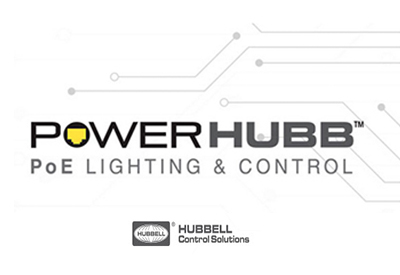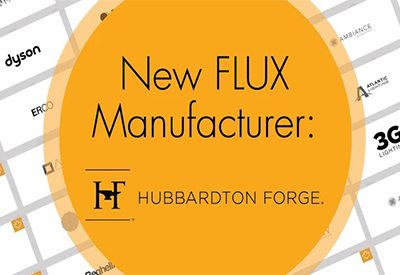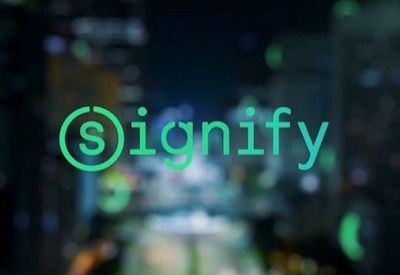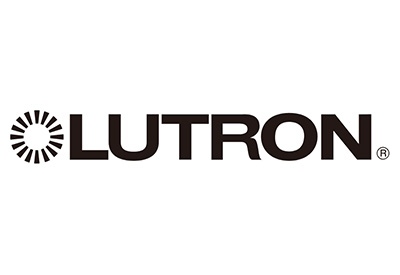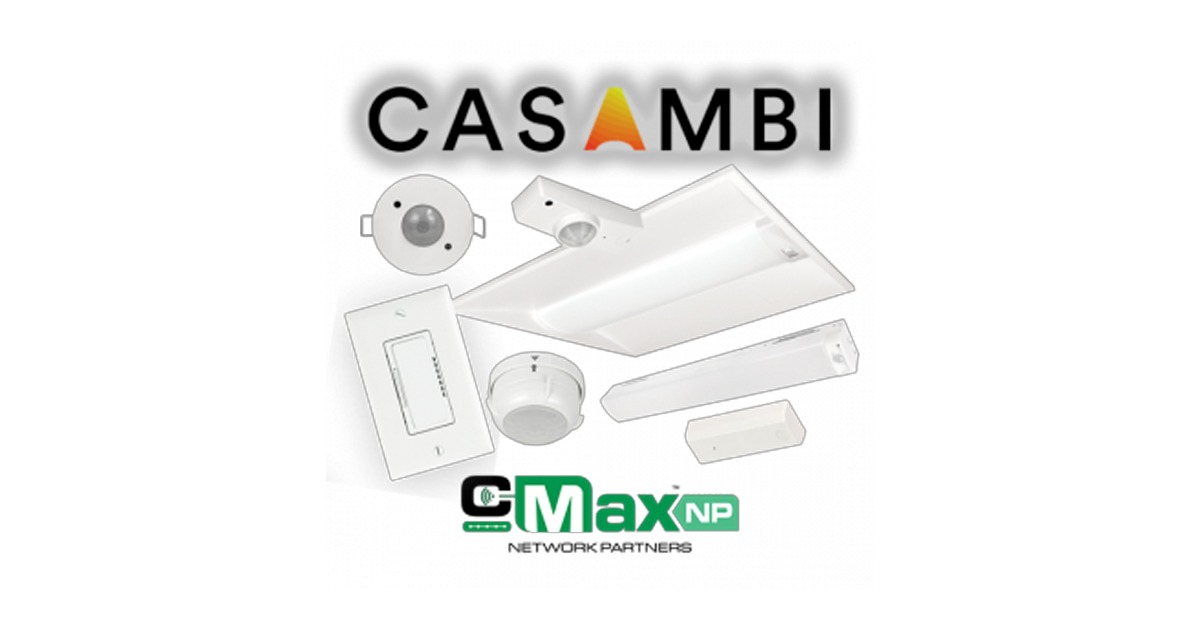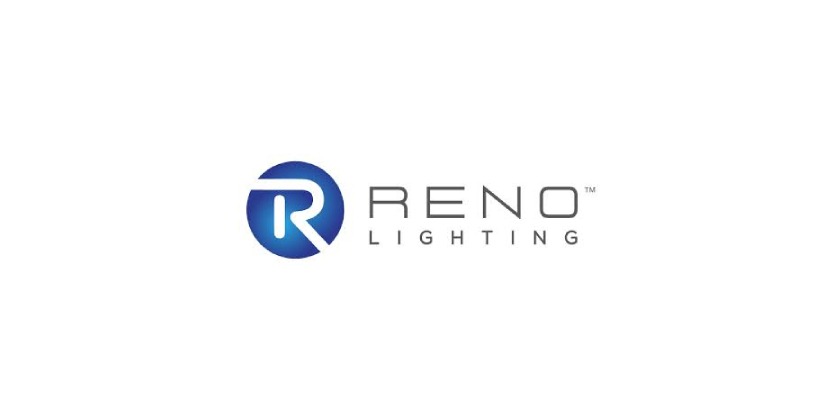Lighting the Race to Zero
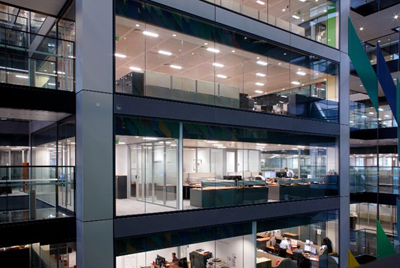
Dec 20, 2021
By Eric Rondolat
With the UN’s COP26 Climate Change Conference, a sense of impatience has echoed across news channels. The clock is ticking and the world is warming. There’s a widespread sense of unrest that calls for action, not words, to minimize and avert the damage we as human beings have caused to the planet we share.
Each of us plays a role in creating positive impact, but those roles are not of equal weight. Meaningful change is going to take more than a little individual recycling or turning down our home thermostat. What is required now is coordinated international planning and fundamental changes in governmental and business thinking.
Signify has made its call to action many times before: we need actions, and we need them yesterday. As the world leader in lighting, our role is not just to operate responsibly, but to help our stakeholders play their part in minimizing and averting the impact of climate change.
Meaningful change is going to take more than a little individual recycling or turning down our home thermostat. What is required now is coordinated international planning and fundamental changes in governmental and business thinking.”
Picking up the pace
First and foremost, we need to accelerate the switch toward energy-efficient connected LEDs. This is a simple but significant step that will contribute to countries meeting their targets to reduce emissions by at least 55% by 2030.
If businesses and cities around the globe switch to LED lighting, we can reduce our carbon footprint by more than 553 million tonnes of CO2, the amount of emissions that 25 billion trees could sequester in a year. Making the switch would also generate electricity savings of 1,132 TWh, which is equivalent to the annual electricity consumption of 494 million households. This would save a total of EUR 177 billion per year on electricity costs1.
This isn’t rocket science. Today, lighting accounts for about 12% of our global electricity consumption a year. By moving to more energy-efficient LED lighting, we can drop this to 8% by 2030, even while the total number of light points continues to rise. It’s a fast, non-disruptive intervention that can act as a frontrunner as we accelerate preparations for more complex renovations.
The switch to LED is just one part of the puzzle. The new generation of LED is not just energy efficient, but connected. Connecting LED lighting to a network and introducing sensors and controls further enhances their efficiency while laying the groundwork for a digital smart building framework that brings together multiple functions and applications.
Boosting the renovation rate
In professional lighting, the outlook shows that most opportunity is still ahead of us, as two thirds of the installed base is still conventional lighting technology. This means that we need to speed up renovation within commercial and industrial sectors as well as within housing, retrofitting older consumptive systems with more energy-efficient connected LED installations, and do it by 2030. A fundamental part of this transition is to more than double the annual rate of building renovation to 3% per year.
Converting to connected LED lighting has the power to reduce the built environment’s lighting-related energy consumption by up to 80%. It will also deliver carbon reductions and reduce costs. It will improve the comfort of those using the building. And it will accelerate the adoption of smart technologies by governments, in industry, and in households across the world, reaping benefits in productivity, health, wellbeing, and digital innovation.
To achieve this, we need nations around the globe to revise their buildings codes and set high standards in the materials that are used and the energy buildings consume, not just in our new buildings, but in our existing building stock, too.
Incentivizing the consumer
Governments and industry must act, but individuals can also play an important role. There are many residential light points and replacing those with LEDs can have a significant impact on the Race to Zero.
Encouragingly, many consumers have already started making the switch: 55% of residential lighting is already LED-based. Having the remaining 45% of consumers around the globe switch from conventional to connected LED lighting technologies, will help in reducing their electricity use and CO2 emissions, while at the same time lowering their electricity bills.
All of us: world leaders, businesses, and individual households, can and must play our part in securing a sustainable future of our planet for our children, our grandchildren, and for the generations to come.
The switch to LED is just one part of the puzzle. The new generation of LED is not just energy efficient, but connected. Connecting LED lighting to a network and introducing sensors and controls further enhances their efficiency while laying the groundwork for a digital smart building framework that brings together multiple functions and applications.”
Racing to Zero
COP26 has called for accountability on emissions reductions targets and for fast action to avert, minimize and address the loss and damage that is already occurring from climate change.
For us, this is more than clever speak: we have committed to playing our role and adapting our business strategy to put our impact as an environmentally responsible organization at the very heart of our business strategy. This is how we achieved carbon neutrality for all our operations in September 2020 and outperformed on many of our other sustainability commitments.
Changing how we run our company is a driver for growth. It’s also a commitment to working with our clients and our partners, whether they be corporations, governments, educational establishments or consumers, to make the lighting industry a force for positive environmental change.
After all, it takes all of us to win the Race to Zero.
Feeling inspired? Visit our webpages and learn how sustainability is at the heart of our strategy for the years ahead: Sustainability | Signify Company Website
1 Global data presented here is a simulation within the framework of the Green Switch conventional light point conversion model, which is a program run by Signify to help its customers accelerate the switch to energy-efficient lighting products, systems and services. All figures and data presented here are illustrative and based on forecasts and assumptions.
Eric Rondolat is Signify’s CEO
Source: https://www.signify.com/global/our-company/blog/sustainability/lighting-race-to-zero


